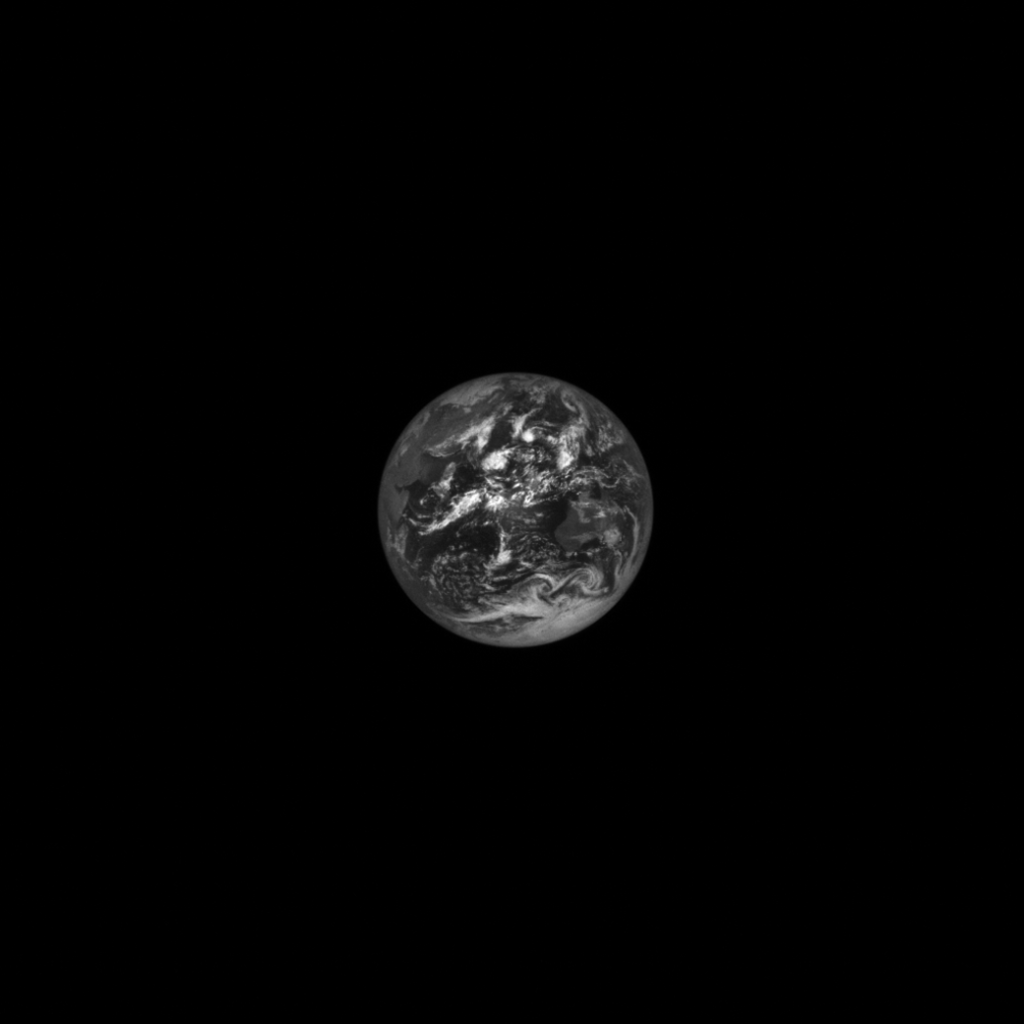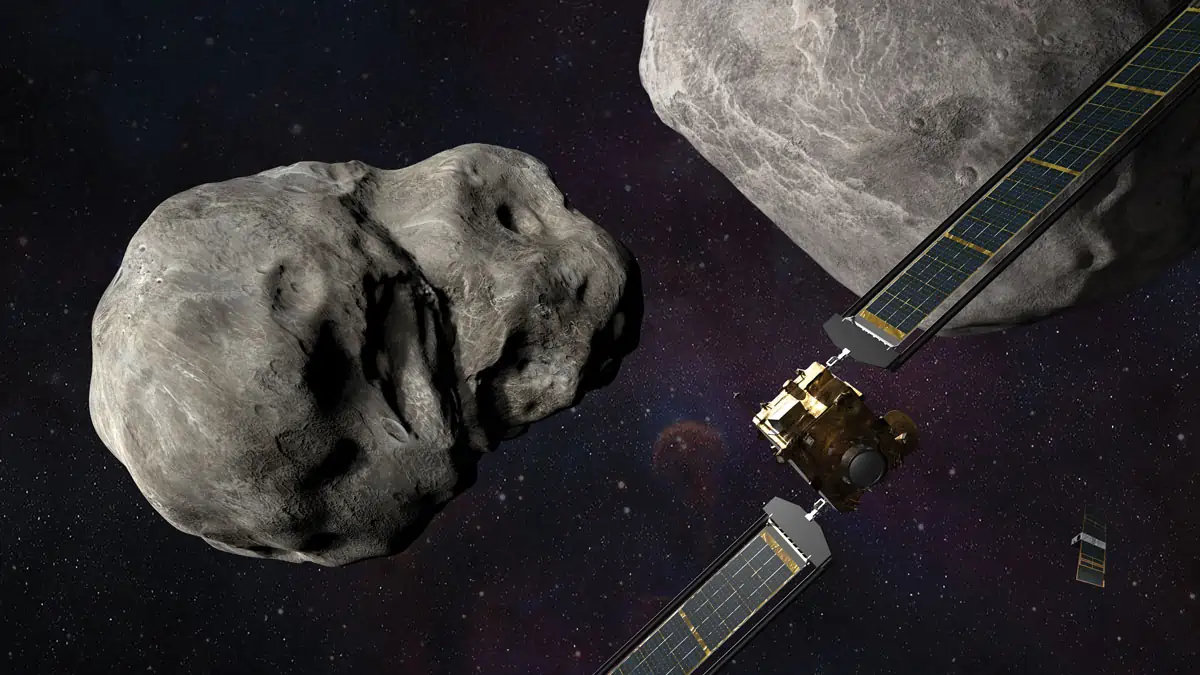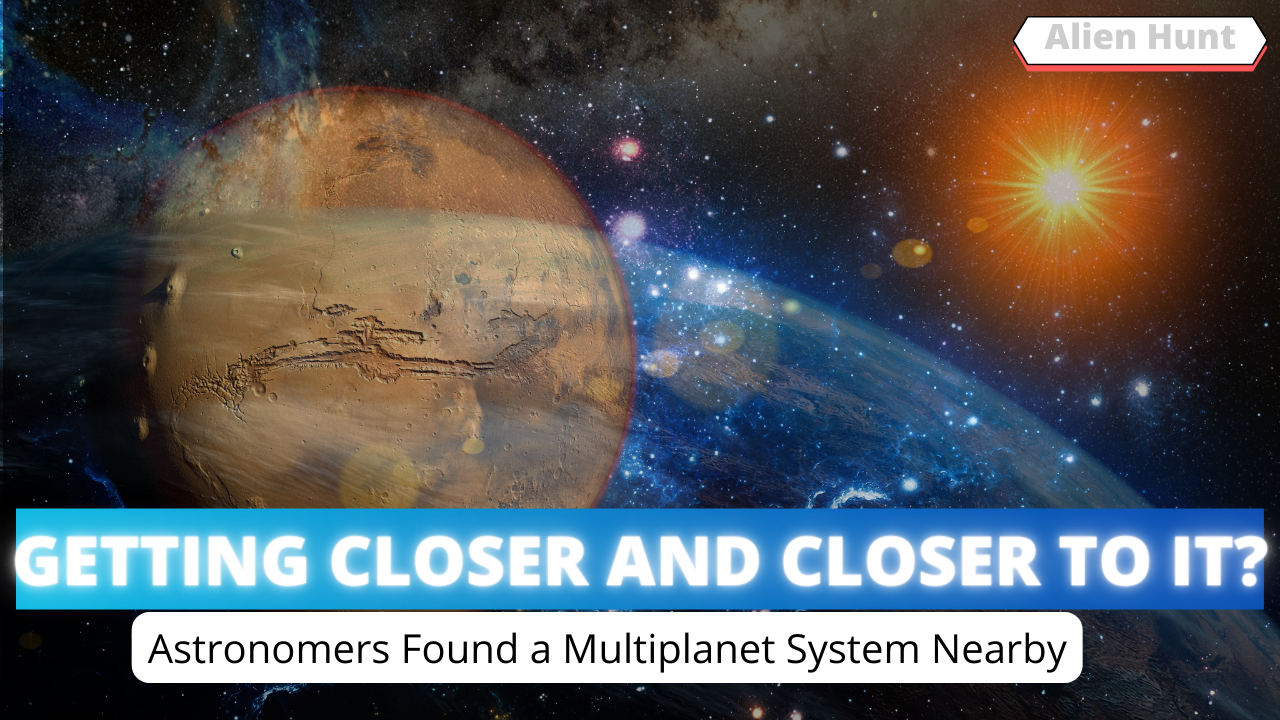Behold our little planet and its moon through NASA’s Lucy’s eye
Launched on October 16, 2021, NASA’s Lucy spacecraft has recently provided us with an amazing image of our planet Earth and its moon from a distance of about 1.4 million kilometers.
This cropped image of the Earth was taken on October 15, 2022, by NASA’s Lucy spacecraft at a distance of 380,000 miles as part of an instrument calibration procedure (620,000 km). The view of Hadar, Ethiopia, the location of the 3.2 million-year-old fossilized human predecessor for whom the spacecraft was named, is visible in the upper left corner of the image.

The Jupiter Trojan asteroids are an old population of asteroid “fossils” that orbit the Sun at the same distance as Jupiter. Lucy, a 560 million USD (2021) mission, is the first mission to study them. The Lucy spacecraft’s route includes three Earth gravity aids to help it accelerate toward these enigmatic asteroids in order to approach them from Earth.
The image was captured using Lucy’s Terminal Tracking Camera (T2CAM) system, which consists of two identical cameras that track asteroids during Lucy’s high-speed encounters. Malin Space Science Systems designed, built, and tested the T2CAM system; Lockheed Martin integrated and operates the T2CAMs on the Lucy spacecraft.

NASA’s Lucy spacecraft captured this image of the Earth and Moon from a distance of 890,000 miles on October 13, 2022. (1.4 million km). As the spacecraft approached Earth for the first of three Earth gravity assists, the image was captured as part of an instrument calibration sequence.
These Earth flybys provide Lucy, whose maximum speed is 93,210 mph, the necessary speed to reach the Trojan asteroids, which are small bodies that orbit the Sun at the same distance as Jupiter. Lucy will fly by a record number of asteroids and survey their diversity on its 12-year journey, looking for clues to better understand the formation of the solar system.


